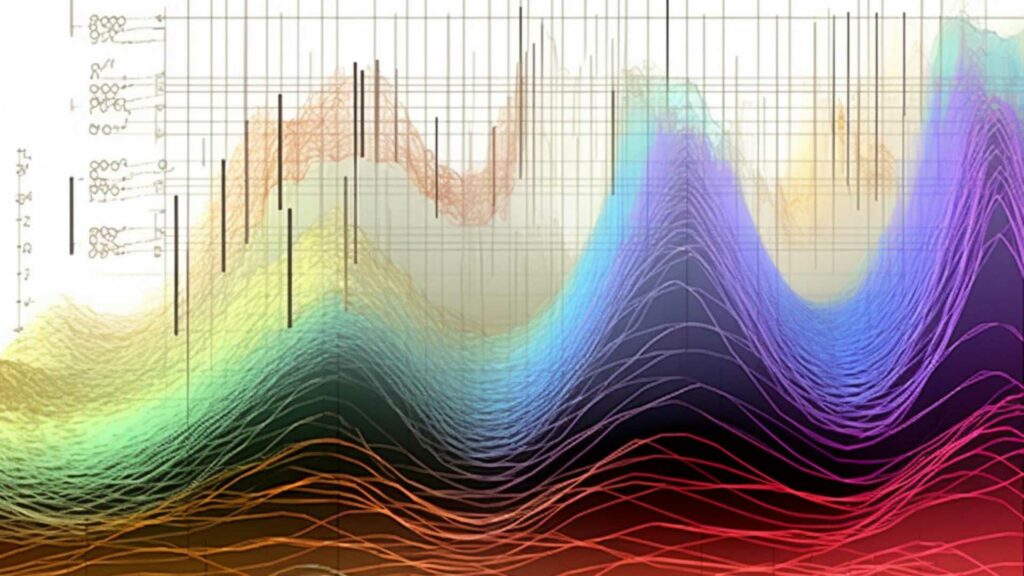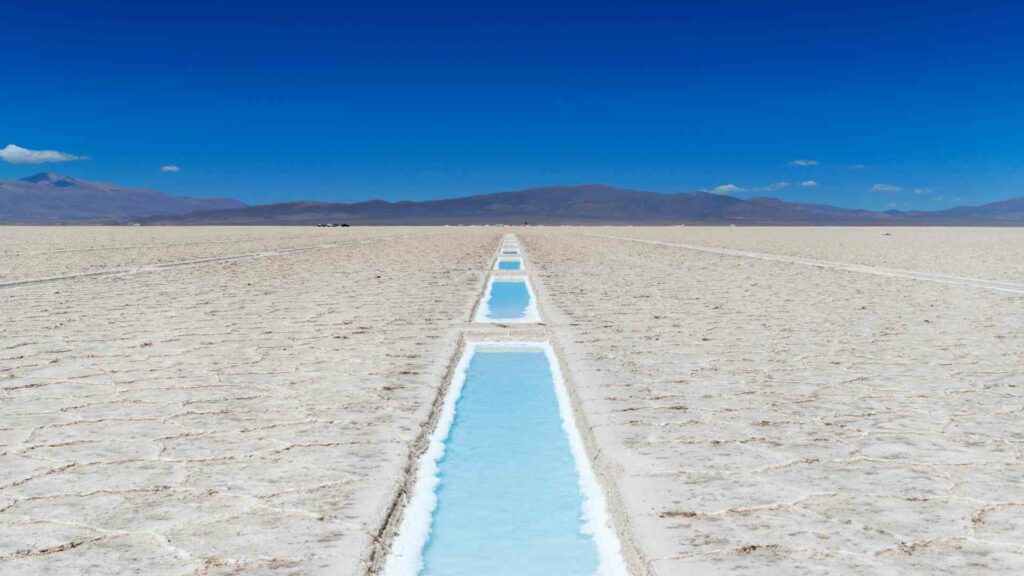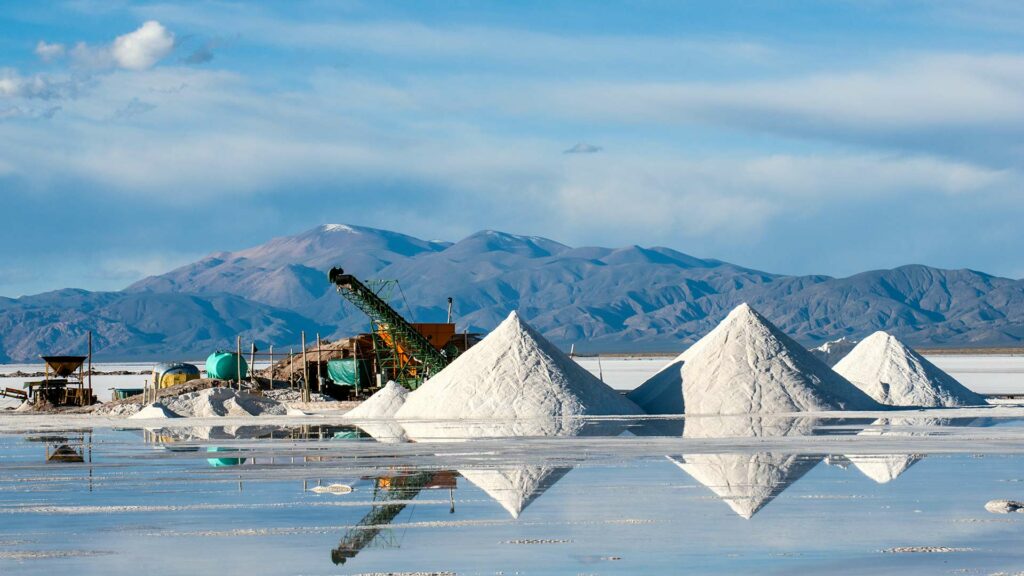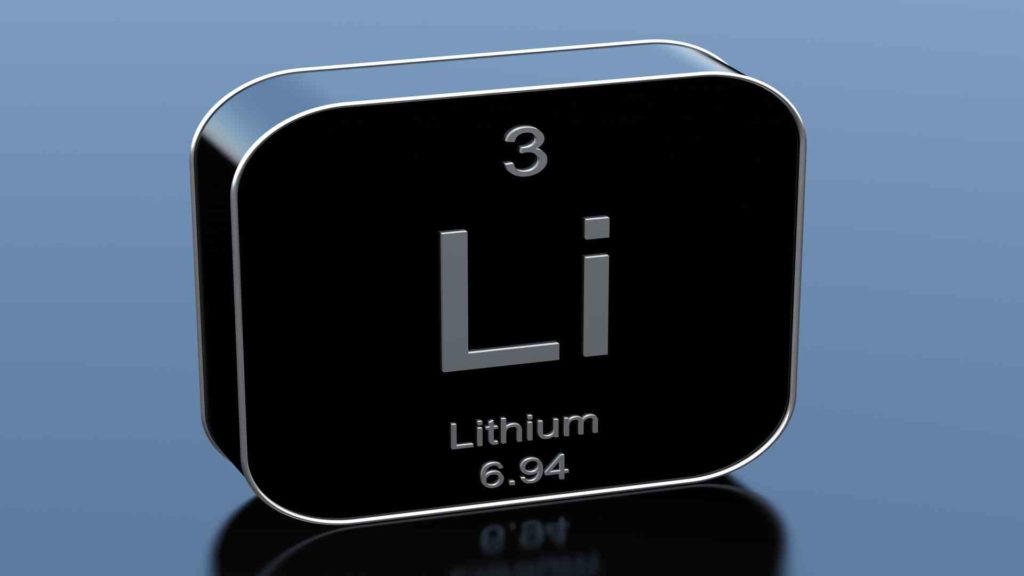ABR TO BENEFIT FROM BORON SUPPLY CONSTRAINTS IN NORTH AMERICA
Boron supply constraints in the North American market will benefit the Fort Cady Integrated Boron Facility in Southern California, fully-owned by the American Pacific Borates Limited (ASX:ABR), the company slated for a NASDAQ listing in Q1 CY 2022, said.
The Company, in collaboration with US legal counsel, has prepared a draft of the initial SEC form required to formally initiate the complimentary US listing process. This form will be finalised when the Company’s 30 June 2021 financial statements are converted to US GAAP standards and then audited by the Company’s US auditors. This process is expected to be completed in October 2021 subsequent to which ABR expects to complete the US listing in Q1, CY2022 to enable trading of its securities on the NASDAQ in that quarter.
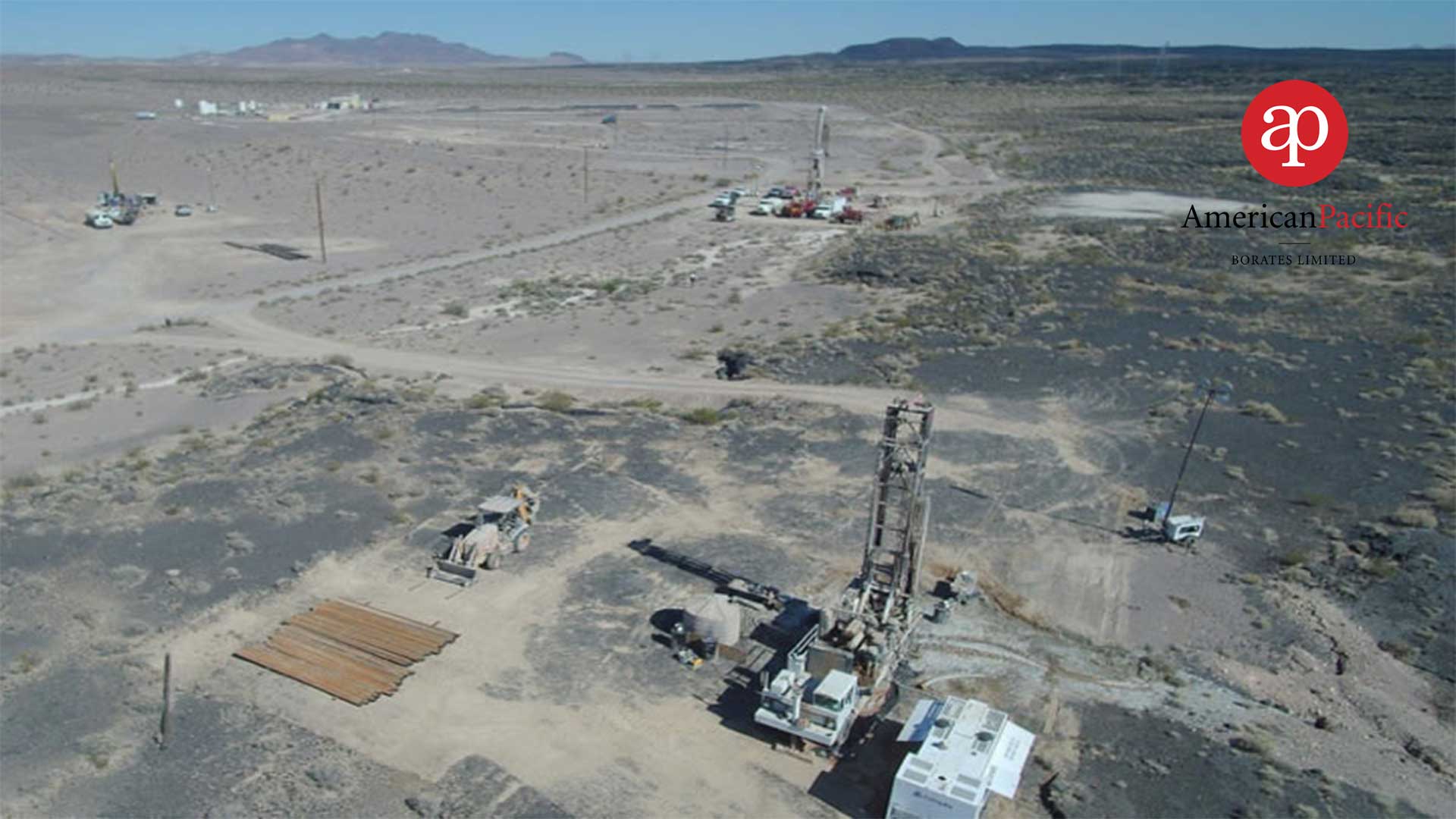
Fort Cady is a highly rare and large colemanite deposit and is the largest known contained borate occurrence in the world not owned by the two major borate producers Rio Tinto and Eti Maden.
Reiterating its commitment towards sustainability, the company has initiated several market studies focusing on high-margin, high-performance boric acid derivate products to support global decarbonization strategies for clean energy production, food security, and energy storage applications.
Strengthening North America’s mission to be self-reliant for energy requirements, ABR has initiated dialogues with various potential partners and customers to bridge the demand-supply gap pertaining to boron derivatives, in the region. The U.S. sources majority of its requirements pertaining to second, third, and fourth derivative boron products from outside North America. Ramping up its boron specialties business, the company is in talks with potential partners to focus on high-margin, and high-performance boric acid derivative products
The North American market has reported boron supply constraints in the recent months. The largest US producer has recently reported a production decrease of 4% year on year for the first half of CY2021. This reduction is in addition to a decrease of 7.7% between CY2019 and CY2020 (Rio Tinto Annual and Half Yearly Reports).
Further to this, boron imports (primarily from Turkey) do not appear to be meeting US demand either, and if this continues, provides a positive market dynamic for ABR and its aspiration to become a globally significant producer of boron specialty products and advanced materials.
In 2019, California ranked 5th in the U.S. in terms of the value of nonfuel mineral production at $4,490 million, accounting for 5.20 per cent of total minerals produced in the U.S. in terms of value, with principal commodities including boron minerals, cement (portland), gold, sand and gravel (construction), stone (crushed).
Boron minerals and chemicals were principally consumed in the North Central United States and the Eastern United States. In 2019, the glass and ceramics industries remained the leading domestic users of boron products, accounting for an estimated 80% of total borates consumption. Boron also was used as a component in abrasives, cleaning products, insecticides, and insulation and in the production of semiconductors, the Mineral Commodity Summaries 2020 by the U.S. Geological Survey notes.
Source: https://pubs.usgs.gov/periodicals/mcs2020/mcs2020.pdf
The U.S. depends on boron to substitute chromated copper arsenide (CCA), industrial diamond, beryllium oxide, cobalt, the report adds. “Continued investment in new borate refineries and the continued rise in demand was expected to fuel growth in world production for the next few years. Two Australia-based mine developers confirmed that the production of high-quality boron products is possible from their projects in California and Nevada. These companies have the potential to become substantial boron producers when they are fully developed. Both companies expect production to begin in 2021, with construction beginning at one site by late 2019,” it notes.
Meanwhile, with a U.S. legislation to extend tax credits to companies that domestically produce rare earth magnets in the pipeline, companies like ABR expect a big boost to their efforts to produced rare earth minerals. The Rare Earth Magnet Manufacturing Production Tax Credit Act of 2021 intends to empower those engaged in the value chain of manufacturing rare earth magnets, thus bolstering the efforts of the U.S. to switch to cleaner, greener, and sustainable energy sources to power decarbonization and complete the alternate energy transition. With the cobalt contents of lithium-ion batteries, the leading global use for cobalt, expected to be reduced rather than eliminated; potential substitutes including neodymium-iron-boron will come into play.
The company is in addition, involved in finalizing the optimum listing structure (ADR vs primary listing with CDI on ASX), apart from converting the existing JORC Code compliant Mineral Resource Estimate into a US S-K 1300 Mineral Resource Estimate and recruiting a U.S.-based Head of Investor Relations. ABR is in engaged in discussions with U.S.-based investment banks with respect to equity and debt capital markets support as it inches closer to the listing.


